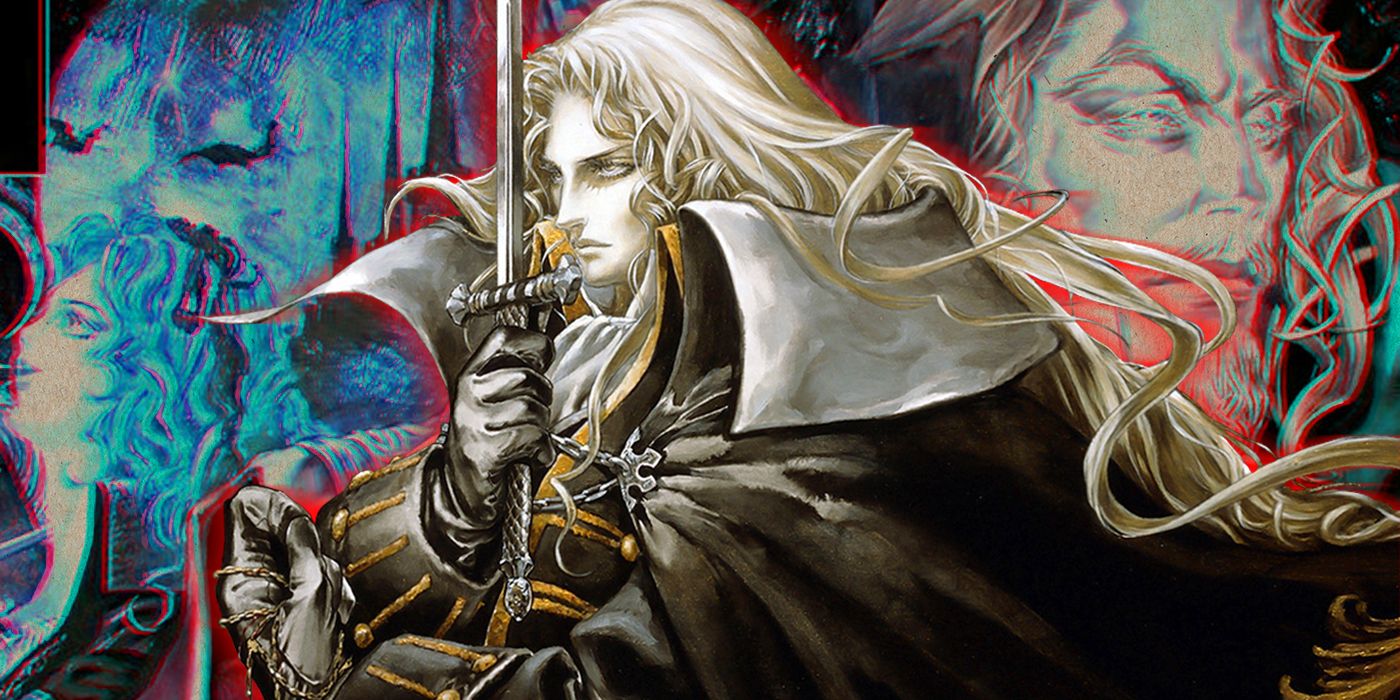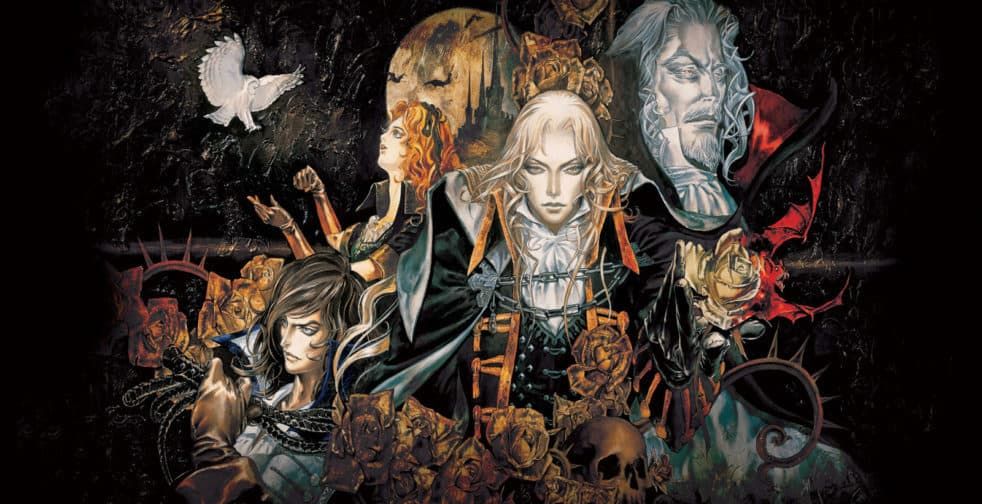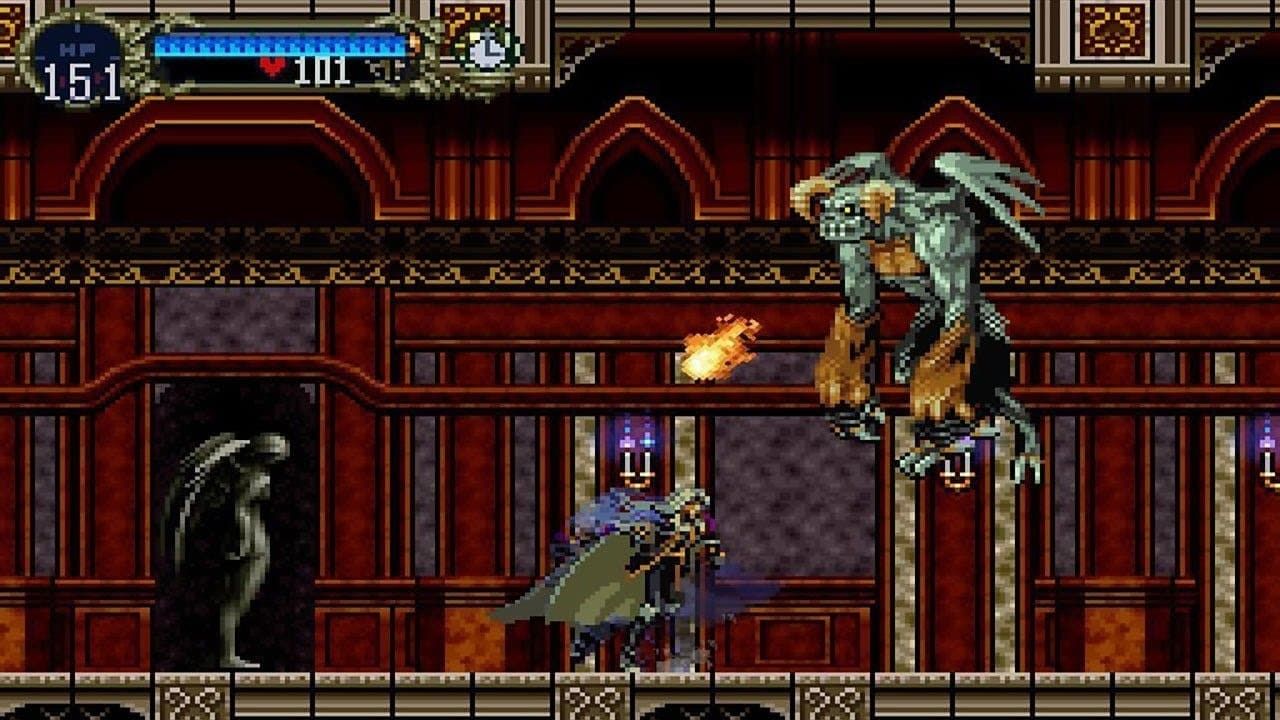One of Konami's most enduring video game franchises is Castlevania, which has been putting gamers on epic adventures to slay vampires and other things that go bump in the night since 1986. As other franchises moved towards 3D gameplay in 1997, Castlevania remained in 2D with its first title on the original PlayStation, Castlevania: Symphony of the Night.
Regarded internally as something of a side story to the main franchise at the time, Symphony of the Night would go on to become massively influential to the action-horror video game series and the subsequent animated adaptation on Netflix. And, 23 years since its initial release, Symphony of the Night remains regarded as one of the most acclaimed titles in the franchise, hailed as one of the greatest video games of all time.
Symphony of the Night is set in 1796, four years after the events of 1993's Castlevania: Rondo of Blood. In it, the famed vampire hunter Richter Belmont has vanished, while Dracula's castle has reappeared in the Transylvanian countryside in his absence. Dracula's dhampir son Alucard emerges from his lengthy slumber, after being last seen in 1476 assisting Trevor Belmont during the events of Castlevania III: Dracula's Curse. Teaming up with Richter's old companion Maria Renard, Alucard investigates the sinister castle, determined to reject his vampiric destiny and destroy his father once more as part of humanity's ongoing conflict against Dracula.
With the exception of 1987's Castlevania II: Simon's Quest on the NES, the series had relied on the linear gameplay progression that it had launched with its original installment. While Dracula's Curse and, to a greater extent, Rondo of Blood featured divergent paths and secret levels, players navigated a traditional 2D environment with a clear beginning and end, usually punctuated with a boss fight in each level.
Led by director Toru Hagihara, Symphony of the Night was set in a single, nonlinear map entirely within the confines of Dracula's castle and the surrounding grounds. As players gained new items and abilities, new areas of the castle became open to explore, while previously unlocked sections could be revisited seamlessly in a style similar to Nintendo's iconic Metroid franchise.
Assistant director and co-writer Koji Igarashi was determined to deliver a departure from the franchise's established gameplay formula with a game that rewarded exploration over traditional progression. Moving away from the series' reputed difficulty, Igarashi also programmed RPG elements into the game, with Alucard growing steadily more powerful by leveling up while acquiring weapons, armor and items to further buff his stats. With its change in protagonist from a Belmont wielding the Vampire Killer whip to Alucard for the majority of the game, the development team was given more creative freedom to buck expectations from the franchise.
While subsequent installments in the franchise on home consoles would transition to 3D gameplay with middling returns, the games would no longer feature linear gameplay, instead allowing players to more fully explore Dracula's castle. Handheld entries would more explicitly follow Symphony of the Night's lead, starting with 2001's Circle of the Moon on the Game Boy Advance, with the incorporated RPG elements.
Ayami Kojima's signature art style would carry on through the character design and cover artwork for the series through 2005's Curse of Darkness and the online multiplayer title Harmony of Despair. This art style would also influence the design for Netflix's animated series, with Alucard notably designed after his appearance in Symphony of the Night rather than Dracula's Curse.
Ever since its debut on the original PlayStation, Symphony of the Night has been ported to every single subsequent Sony home and handheld console, with the Sega Saturn, Xbox 360 and mobile platforms receiving their own ports. The game broke Castlevania free from the classic, linear gameplay formula it had relied on for a decade, giving players more depth while putting a different, more versatile protagonist in control for new horror-tinged adventures that has left players coming back for more for over two decades.



